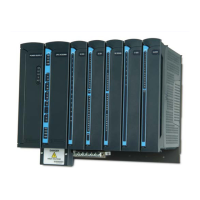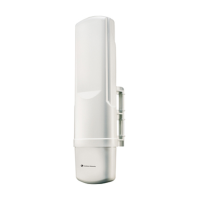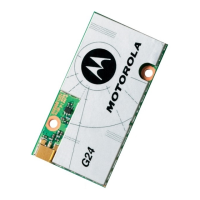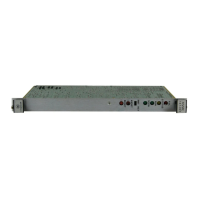What to do if the MCOM LED on Motorola Control Unit expansion module is red or blinking green?
- AawilliamsAug 20, 2025
If the MCOM LED is red or blinking green, it indicates that the expansion module has failed in the discovery process with the main CPU. Wait a few seconds until the LED is solid green, indicating that the module is connected to the main CPU. If the LED continues to blink red slowly, check if the main CPU is fully powered up, a cable between the main and expansion frame is not connected properly, the rotary switch on the expansion module is not set correctly, or the expansion frame is not defined in the site configuration.






